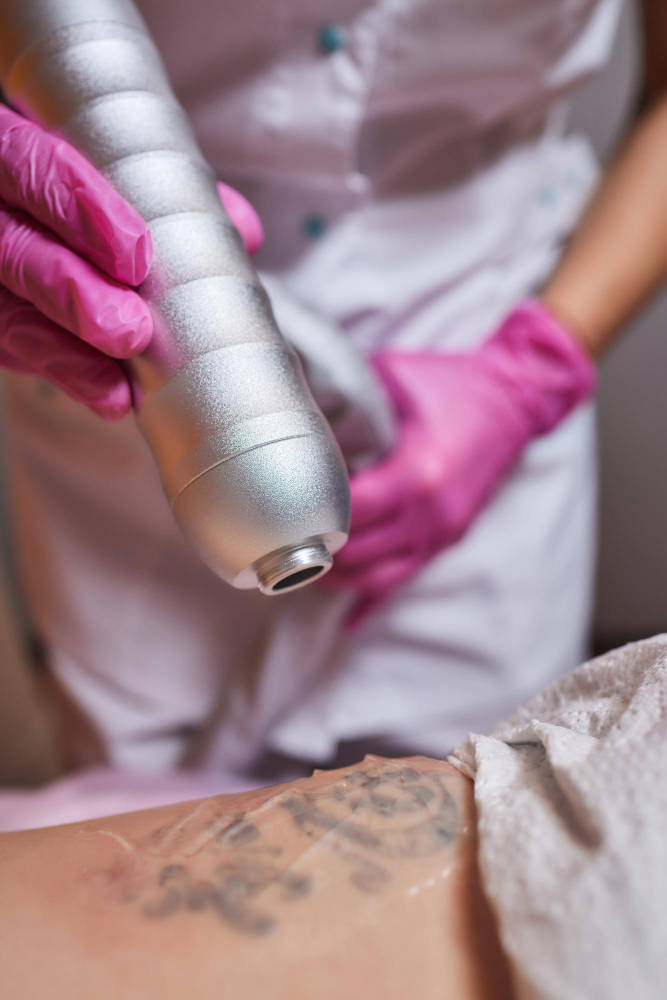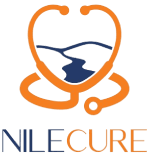
Tattoo removal is a process that involves the removal of unwanted tattoos from the skin. Here’s an overview of the common methods used for tattoo removal:
1. Laser Tattoo Removal:
– How it Works: Laser tattoo removal involves using high-intensity laser beams to break down the ink particles in the tattoo. The laser energy targets the pigment in the tattoo ink, causing it to fragment into smaller particles that can be naturally eliminated by the body’s immune system.
– Procedure:During the procedure, the laser is directed onto the tattooed area of the skin. The laser pulses are delivered in short bursts, targeting the tattoo pigment while minimizing damage to surrounding skin tissue.
– Number of Sessions: Multiple treatment sessions are typically required to achieve satisfactory results, with several weeks between each session to allow the skin to heal and the body to eliminate the fragmented ink particles.
– Post-Treatment Care: After each laser session, the treated area may experience temporary redness, swelling, or blistering. It’s essential to follow post-treatment care instructions provided by your practitioner, such as applying ointments and avoiding sun exposure, to promote healing and minimize the risk of complications.
2. Surgical Excision:
– How it Works: Surgical excision involves surgically removing the tattooed skin tissue using a scalpel or surgical instrument. This method is typically used for smaller tattoos or tattoos in areas where laser treatment may not be suitable.
– Procedure: During the procedure, the tattooed skin is numbed with local anesthesia, and the tattooed tissue is surgically excised. The remaining skin edges are then sutured together to close the wound.
– Recovery:Surgical excision may result in scarring, and the recovery time depends on the size and location of the tattoo and the individual’s healing process.
3. Dermabrasion:
– How it Works:Dermabrasion involves mechanically abrading the surface layers of the skin to remove the tattoo pigment. This method is less commonly used today due to the risk of scarring and changes in skin texture.
– Procedure: During the procedure, a high-speed rotary device is used to sand down the tattooed skin, gradually removing the tattoo pigment.
– Recovery: Dermabrasion may result in redness, swelling, and scabbing of the treated area. It’s essential to follow post-procedure care instructions provided by your practitioner to promote healing and minimize the risk of complications.
It’s important to consult with a qualified and experienced dermatologist or laser specialist to determine the most suitable tattoo removal method based on factors such as the size, color, and location of the tattoo, as well as your skin type and medical history. Additionally, realistic expectations regarding the outcome and number of treatment sessions are essential for achieving satisfactory results.

